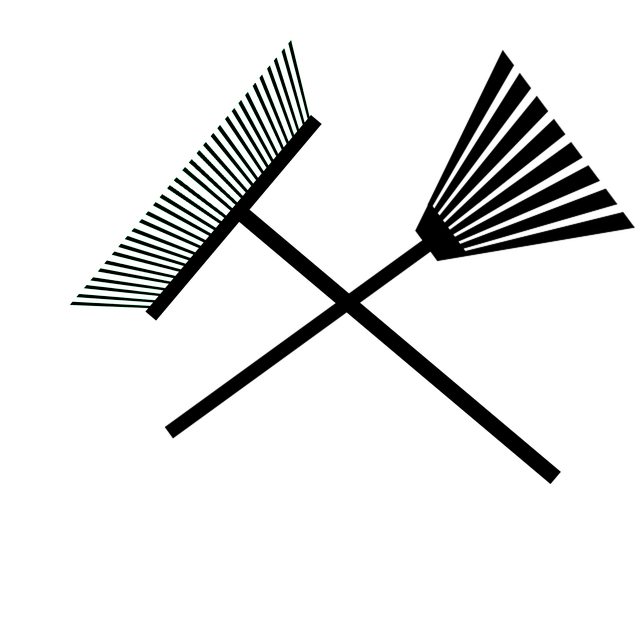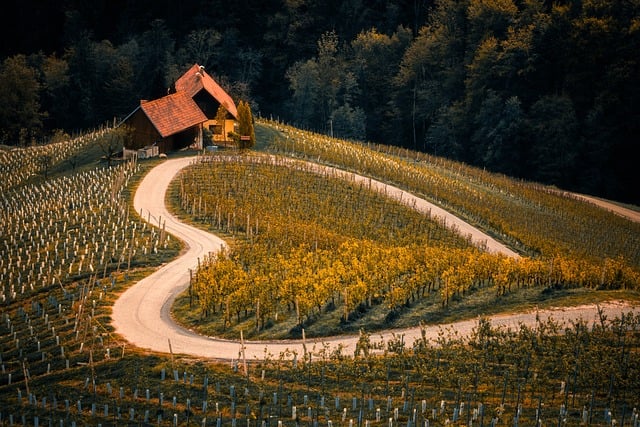To enhance the visual appeal and efficiency of your garden, consider implementing a multilayered landscape design with plants of varying heights. A well-planned backyard should include taller trees or shrubs at the rear for a backdrop, intermediate perennials and small shrubs in the middle, and ground covers or low-growing plants at the front to create a cohesive and intriguing design. Incorporating climbers with trellises helps maximize space by adding height without increasing ground area. A thoughtful approach to garden layout planning, informed by landscape blueprint ideas, allows for a diverse selection of plants that collectively contribute to an aesthetically pleasing outdoor space. For those starting small yard layout ideas projects, focusing on modern landscape layouts and utilizing landscaping design tips can make the most of vertical elements and limited space, ensuring both functionality and beauty. By carefully selecting plants based on height, growth habits, and compatibility in a detailed plan, you can create a garden that is not only visually captivating but also tailored to your personal style and needs.
Embark on a transformative journey to elevate your outdoor spaces with strategic plant arrangement that emphasizes height for enhanced visual appeal and optimized space utilization. This article delves into the art of landscape layout ideas, guiding you through crafting a garden’s silhouette that exudes depth and dimension. Explore backyard design layout strategies tailored for both expansive and compact spaces, enriched with landscaping design tips to make your outdoor oasis the envy of neighbors. Discover innovative approaches in modern landscape layouts, and learn how to translate these ideas into a tangible, captivating reality through DIY landscape planning and detailed landscape blueprint ideas. Whether you’re a seasoned gardener or a novice backyard designer, these insights will enrich your garden’s visual impact and practicality.
- Maximizing Visual Impact and Space Efficiency: Arranging Plants by Height for a Layered Landscape
- Crafting Your Garden's Silhouette: Landscape Layout Ideas for Depth and Dimension
- Backyard Design Layout: Strategic Plant Placement to Enhance Outdoor Spaces
- DIY Guide to Landscape Planning: Small Yard Solutions with Big Impact
Maximizing Visual Impact and Space Efficiency: Arranging Plants by Height for a Layered Landscape

Embarking on a landscaping project that maximizes both visual impact and space efficiency can be achieved by thoughtfully arranging plants according to height. Incorporating a variety of plant sizes into your garden layout planning creates a layered landscape that draws the eye through different levels, making your outdoor space more engaging. Tall trees or shrubs serve as a backdrop, setting the stage for a dynamic composition. Intermediate-sized perennials and small shrubs offer a middle ground, while low-growing plants and ground covers complete the picture by filling in the spaces and softening the transitions between taller elements in your backyard design layout. This stratified approach not only adds depth to small yard layout ideas but also allows for diverse plant selections within landscape blueprint ideas, ensuring that every element contributes to the overall aesthetic of modern landscape layouts.
To enhance space efficiency and visual appeal, consider integrating climbers on trellises or supports among your landscape design tips. These can ascend towards higher points, creating a vertical garden that adds height without occupying additional floor space. When planning with DIY landscape planning in mind, select plants that have varying heights and textures to ensure a cohesive and layered look. This strategy not only optimizes the use of your outdoor space but also provides a year-round interest with seasonal blooms, evergreen foliage, and structural elements that stand out against each other in your garden layout planning. By carefully selecting plants based on their height and growth habits, you can create a visually compelling and space-optimized landscape that invites exploration and reflection.
Crafting Your Garden's Silhouette: Landscape Layout Ideas for Depth and Dimension

When contemplating a garden layout that maximizes depth and dimension, considering the vertical plane is crucial. A well-crafted landscape layout ideas plan incorporates plants of varying heights to create an appealing silhouette in your outdoor space planning. Taller plants should be placed strategically at the back of the garden, with medium-height plants in the middle ground, and low-lying greenery or ground covers at the front. This tiered approach not only adds visual interest but also allows each plant type to thrive in its preferred conditions, which is a key aspect of garden layout planning. By doing so, you’ll achieve a sense of depth that gives your backyard design layout a layered and sophisticated look.
For those embarking on DIY landscape planning, especially for small yard layout ideas, starting with a detailed landscape blueprint can streamline the process. Outlining the garden space on paper or with digital tools allows you to experiment with different modern landscape layouts without the need for costly changes in the actual yard. Consider the pathways, seating areas, and focal points that will complement your plant selection and enhance the overall aesthetic of your outdoor area. Thoughtful landscape design tips like these ensure that every square foot is utilized effectively, making the most out of even the smallest spaces.
Backyard Design Layout: Strategic Plant Placement to Enhance Outdoor Spaces

When crafting a landscape layout that maximizes depth and dimension in your outdoor space, consider the strategic placement of plants based on their height. A thoughtful backyard design layout can transform a plain area into an enchanting oasis, and one key element is arranging plants by height to create visual interest and a sense of structure. Taller plants should be positioned at the back of your garden or along boundary lines to serve as a natural screen, while shorter plants can take center stage closer to your outdoor living areas. This zonal approach in garden layout planning not only enhances the aesthetic appeal but also ensures that each plant has the space and light it needs to thrive.
To achieve a cohesive and harmonious landscape, incorporate landscaping design tips that emphasize vertical variety. For instance, pair towering trees with medium-height shrubs and low-lying ground covers. This layering technique adds depth to your garden and invites visitors on a visual journey through the space. In small yard layout ideas, every inch counts, so make use of vertical spaces with climbing plants or architectural elements that can support hanging plans. By integrating modern landscape layouts into your outdoor space planning, you can create a multidimensional environment that is both functional and visually appealing.
For those looking to take on a DIY landscape planning project, start by sketching a landscape blueprint that includes all proposed plantings, hardscapes, and garden features. This blueprint will serve as a roadmap for your design and help you visualize the final outcome. Remember to consider the mature size of each plant variety and how it will complement or contrast with its neighbors in terms of color, texture, and form. With careful planning and attention to detail, your backyard can become a tranquil retreat that reflects both your personal style and the natural environment.
DIY Guide to Landscape Planning: Small Yard Solutions with Big Impact

When maximizing a small yard for impactful landscaping, strategic garden layout planning is paramount. A thoughtfully designed backyard design layout can transform limited space into a functional and visually appealing outdoor area. To begin, consider your landscape layout ideas with a vertical approach; taller plants in the background create depth, while shorter plants in front anchor the space. This method not only adds dimension but also guides the eye through the garden. Incorporate a variety of plant heights and textures to create interest and draw attention to key focal points within your small yard layout ideas. For instance, placing a tall grass or shrub behind a low-lying ground cover can effectively frame an outdoor seating area, thereby enhancing the overall ambiance.
For those embarking on DIY landscape planning, start by sketching a landscape blueprint that outlines the space and its features. This plan should include garden layout planning details such as plant species, placement, and size at maturity. Modern landscape layouts often feature clean lines and structured plantings that can make a small yard feel open and spacious. Use these landscaping design tips to your advantage by grouping plants with similar water and sunlight needs together to simplify maintenance. By adhering to these principles of outdoor space planning, even the smallest yards can exude elegance and provide tranquility, making the most of every square foot with smart, modern landscape layouts.
Incorporating plants of varying heights into your garden or outdoor space is a pivotal strategy for creating a visually compelling and space-efficient landscape. By following the landscaping design tips provided, such as those found in the sections on maximizing visual impact and space efficiency, crafting your garden’s silhouette, and backyard design layout, you can enhance the depth and dimension of any size garden. The DIY guide to landscape planning offers practical, small yard solutions with big impact, ensuring that even the most modest spaces can benefit from modern landscape layouts. With careful garden layout planning, anyone can achieve an impressive outdoor area that is both aesthetically pleasing and functional. Consider these landscape blueprint ideas as your foundation for a thriving, multi-dimensional garden that captivates the eye and optimizes space.
